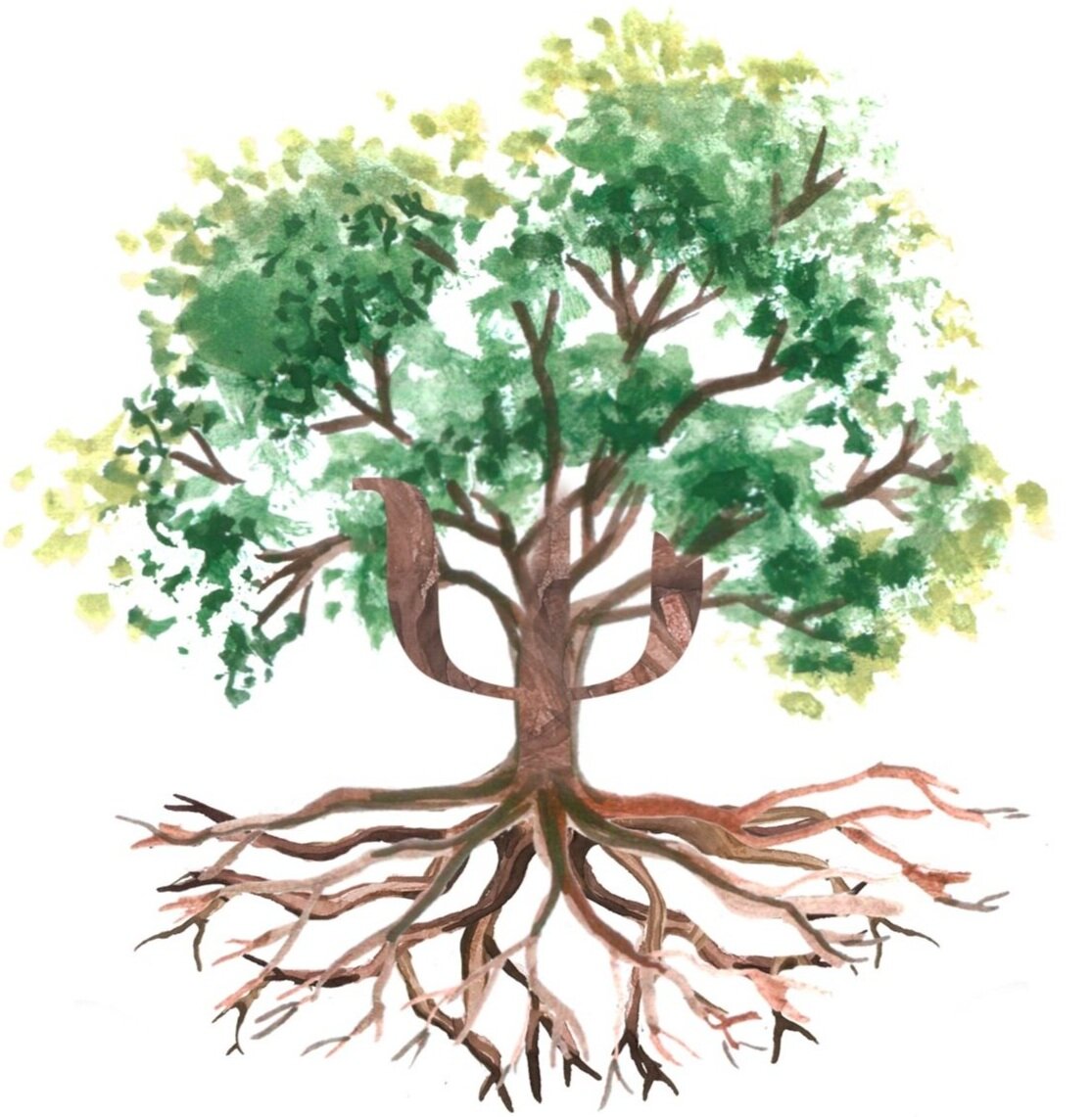Pain is important in life. It is our body’s way of signaling to us that something is wrong. It allows us to take active steps to address the cause of the pain, ensuring that we are out of harm’s way. However, pain becomes an issue when it is persistent and disrupts our daily functioning.
Chronic pain is pain that lasts beyond 3 months and may persist all the time or come and go. It can occur in any part of your body and can be due to various causes. Types of chronic pain includes nerve pain, pain caused by a joint condition or pain caused by illnesses such as osteoporosis. Chronic pain is more common than we may think, affecting 14% of adults in Singapore. Apart from your physical well-being, chronic pain has a profound impact on your emotional and mental health.
The Connection between Chronic Pain and Mental Health
Everyone experiences chronic pain differently and symptoms could range from mild to severe. Living with chronic pain is physically and mentally exhausting and could result in serious mental health conditions if not properly addressed. Dealing with chronic pain can disrupt your daily routines and make even the simplest activities hard, leading to feelings of sadness or despair. You may also feel overwhelmed with anxiety or worry, because of the unpredictability of your diagnosis or uncertainty about your future. You may even experience strains in your relationships with your friends and family if they do not fully understand your pain. However, we just want to acknowledge every emotion you may be feeling. Living with chronic pain is hard. It does take a heavy toll on your mental health. In fact, mental health conditions such as anxiety, depression and post-traumatic stress disorder are not uncommon amongst individuals struggling with chronic pain.
Chronic pain and poor mental health are a vicious cycle. When you are in pain, it brings up unsettling feelings of fear and stress and this emotional distress results in self-isolation and avoidance of situations we think will worsen our pain symptoms. Unintentionally, this intensifies your symptoms of pain as emotional distress can manifest in physical symptoms such as tense muscles.
Chronic Pain Management
Breaking the cycle of chronic pain and emotional distress will help improve both physical and mental well-being. And the good news is there are strategies you can adopt to regain control and enhance the quality of life despite your chronic pain. Strategies include:
Activity Pacing
Coping with pain daily can be exhausting. Pacing your activities in a day can help prevent a flare up but also ensure you do not overexert yourself. After you have selected the activity, figure out what your starting point is for this activity. For example, your baseline level for going on a walk may be 200m. This means that you can walk a distance of 200m before your pain starts to worsen. Next, plan for when, where and how you will engage in the activity. Then, plan incremental increases in the distance walked at a rate suitable for your physical ability. Be consistent and do not give up!
Build a Support System
Surround yourself with people you love and trust! Explain how your pain affects your daily life and how they can help. You can also join a support group to help you connect with other individuals battling chronic pain. There is comfort in shared experiences. You are not alone.
Caring for Your Mind and Body
While pain may place a limit on your physical abilities, engaging in low-intensity physical activities can be helpful. Pain-friendly activities like swimming, yoga and tai chi can be incorporated alongside activity pacing. When you exercise endorphins are released and this can help reduce stress levels and improve your mood. Engaging in exercise could also help distract yourself from ruminating on negative thoughts associated with your chronic pain.
Apart from caring for your body, it is also important to care for your mental well-being. Persistent pain can take a toll on emotional health, thus engaging in mindfulness exercises such as guided imagery can help relieve stress and promote calm.
Steps in Guided Imagery:
Find a comfortable position (e.g. sit or lie down somewhere you will not be disturbed)
Visualize a scene or setting that makes you feel calm and peace (e.g. your home, the beach, a meadow)
While imagining this scene, notice as many details as you can – What do you hear, see, feel?
Continue staying in the scene for as long as you need
When you are ready, slowly take yourself out of the scene and come back to the present
Check in with yourself – How do you feel right now?
While no single approach works for everyone, combining these strategies can help you build resilience and regain a sense of control over your life. Living with chronic pain is undoubtedly challenging. However, with the right strategies and a good support system around you, you can live a life full of meaning and joy. Also, if you are struggling with your mental health, do not be afraid to ask a professional for help! Remember, you are not alone, and every small step makes a significant difference on your journey.

